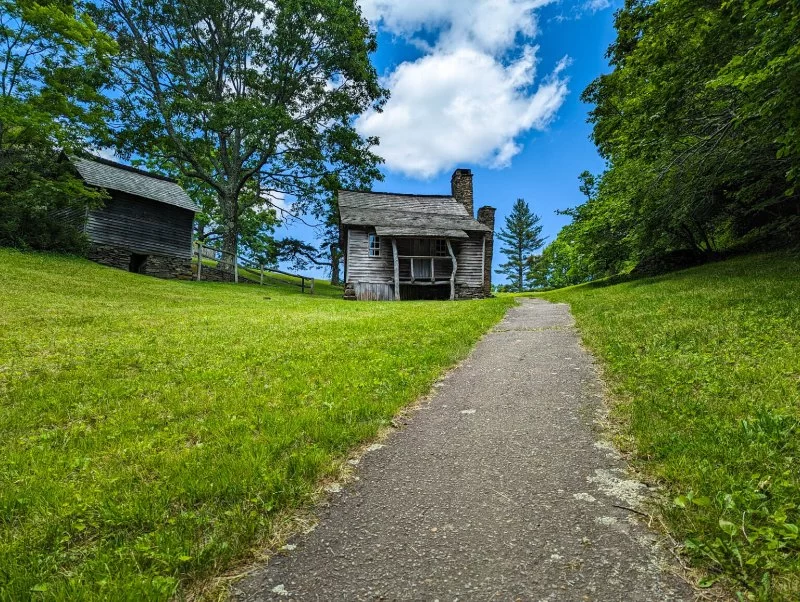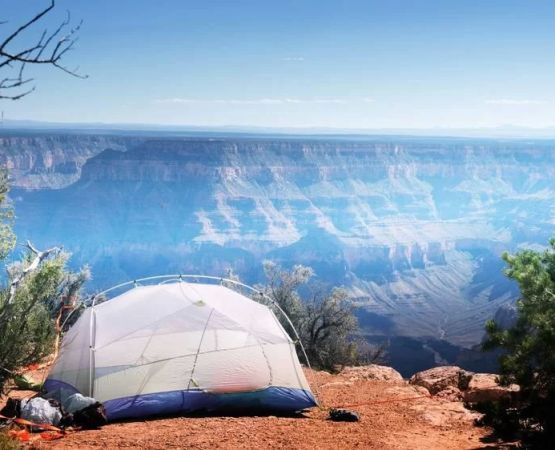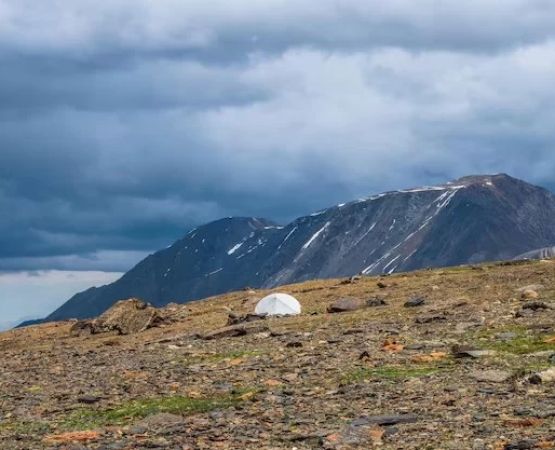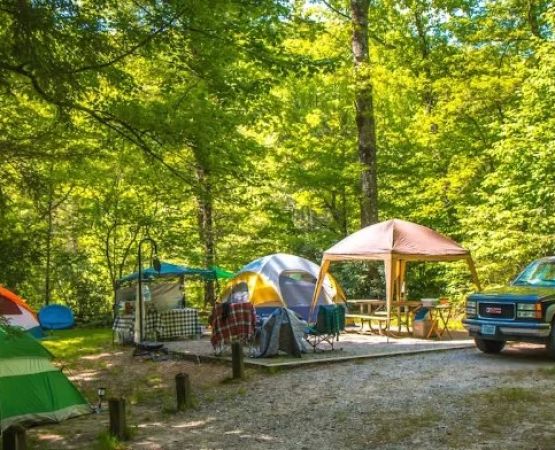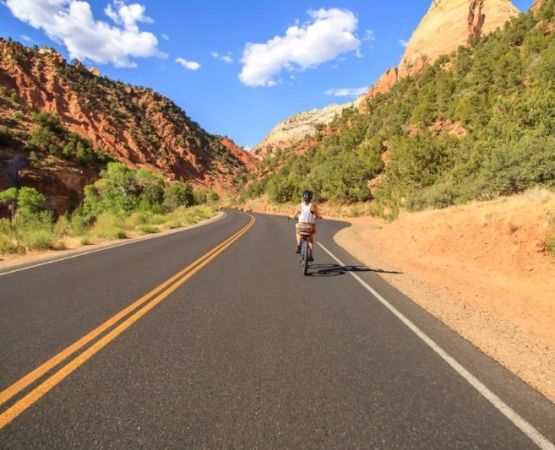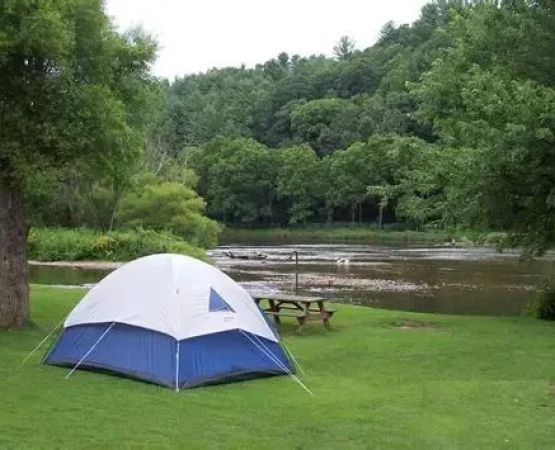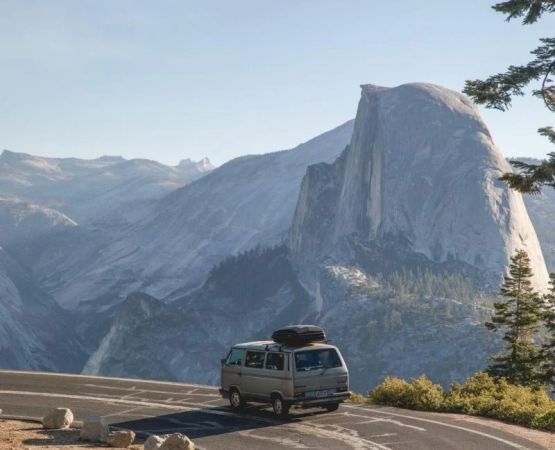- 1 - exploring-bluff-ridge-hikes - Exploring Bluff Ridge Landscapes Across the U.S.
- 2 - campground-qualities - What Makes a Campground Ideal for Bluff Ridge Hiking
- 3 - midwest-ridge-camping - Standout Campgrounds in the Midwest for Ridge Adventures
- 4 - western-bluff-sites - Western U.S. Campgrounds Near Iconic Bluff Ridges
- 5 - southern-ridge-destinations - Southern Destinations Known for Dramatic Bluff Terrain
- 6 - real-hiker-story - A Real Hiker Story Showing Why Bluff Ridge Trails Are Special
- 7 - planning-your-trip - How to Plan a Safe and Rewarding Bluff Ridge Camping Trip
- 8 - gear-tips - Choosing Gear for Bluff Ridge Environments
- 9 - when-to-visit - Best Seasons to Visit Bluff Ridge Regions
1. Exploring Bluff Ridge Landscapes Across the U.S.
The Best U.S. Campgrounds for Bluff Ridge Hikes are spread across landscapes shaped by wind, ancient rivers, and shifting geologic layers. Bluff ridges offer elevated views that hikers describe as “unexpected horizons”—places where forest meets cliff, prairie turns to canyon, or coastline rises abruptly above the sea.
These areas attract adventurers who want more than a typical stroll through the woods. Bluff ridge hikes bring mixed terrain, sweeping vistas, and the sense of reaching places that feel both exposed and serene. Unlike typical mountain trails, bluff ridges often blend gentle approaches with dramatic viewpoints, making them loved by casual hikers and seasoned trekkers alike.
Because of their growing popularity, many travelers book campground stays months in advance. Sites near ridge edges deliver immediate access to sunrise overlooks, while others provide quiet forested settings just a short walk from the cliffs.
2. What Makes a Campground Ideal for Bluff Ridge Hiking
Not all campgrounds near bluff landscapes offer the same experience. The best ones share a few defining traits: trail proximity, safety-focused layouts, and enough natural separation to let visitors absorb the landscape without feeling crowded.
Campers should look for sites with designated paths leading to ridge viewpoints. These paths often include wooden steps, railings, or carved switchbacks—critical features when navigating steep drop-offs or rocky ledges. Many of the best campgrounds also feature ranger-led hikes, which offer cultural history, trail safety notes, and geological insights.
For travelers seeking curated lodging, places like Pine Cliff Resort offer access to ridge trails along with gear recommendations and route guidance—something first-time bluff hikers often appreciate.
3. Standout Campgrounds in the Midwest for Ridge Adventures
The Midwest may be known for flat prairie stretches, but it also hides some of the country’s most scenic bluff formations. In regions carved by glacial meltwaters and ancient river systems, towering ridges rise above winding valleys.
In Minnesota and Wisconsin, campgrounds near sandstone bluffs attract families, photographers, and backpackers. Trails often climb gradually before reaching panoramic overlooks, making them approachable for hikers of different experience levels. Sites that border river-facing ridges often fill up quickly during summer, as the blend of water and height creates a unique aesthetic.
The community aspect is another highlight—many Midwestern hikers share stories at communal fire rings about spotting peregrine falcons or catching sunsets that stretch across the entire valley below.
4. Western U.S. Campgrounds Near Iconic Bluff Ridges
In the western United States, bluff ridges take on an entirely different character. Here, the land rises abruptly into sculpted stone mesas, windswept plateaus, and red-rock cliff lines. These ridges blend hiking with the grandeur of desert wilderness.
Campgrounds near Utah’s canyon regions, Northern Arizona’s red-rock formations, and parts of Nevada’s basin-and-range landscapes offer ridge hikes that feel almost cinematic. Trails often follow curved cliff edges or climb through narrow fracture lines leading to wide-open vistas.
Evenings in these regions bring striking contrasts—deep shadows filling the canyons as the sun strikes the upper rock layers in glowing orange. Many hikers say this is where they fell in love with ridge hiking.
5. Southern Destinations Known for Dramatic Bluff Terrain
The American South blends lush forests with limestone and sandstone bluffs that rise unexpectedly from rivers and rolling hills. Tennessee, Arkansas, and Alabama are home to some of the most beloved ridge hikes east of the Mississippi.
Campgrounds in these states offer ridge access that feels both wild and welcoming. Trails may follow narrow limestone spines or loop around forested cliffs that reveal stunning overlooks after only moderate climbs. Wildlife sightings—eagles, deer, and foxes—add to the allure.
Many travelers return each year, chasing the perfect mix of humidity-softened sunsets, firefly-lit evenings, and ridge trails that reward early risers with mist-filled valley views.
6. A Real Hiker Story Showing Why Bluff Ridge Trails Are Special
One hiker from Colorado shared a story that quickly circulated through online backpacking groups. She arrived at a campground near a Midwestern bluff ridge with low expectations—she assumed the views wouldn’t compare to western mountains.
But on her second morning, she stepped onto the ridge trail just as the sun was rising. The valley below was covered in rolling fog, and as the light climbed, the fog slowly gave way to reveal winding rivers and streaks of exposed sandstone glowing gold.
“Mountains make you feel small,” she wrote later, “but these bluffs made me feel grounded. Like I was standing on the edge of a story that began long before we were here.”
That post sparked a wave of travelers seeking similar ridge experiences, making several campgrounds sell out earlier than usual. Stories like hers show how emotional and unexpected these hikes can be.
7. How to Plan a Safe and Rewarding Bluff Ridge Camping Trip
Bluff ridge hikes combine beauty with caution. Travelers should prepare for varied terrain, including uneven rock shelves and sudden wind exposure at overlooks. Planning ahead ensures the experience is memorable for the right reasons.
Understanding trail difficulty is essential. Some ridge hikes start gentle and become steep near viewpoints. Others require climbing narrow, exposed staircases carved into stone. Checking trail maps and ranger advice helps eliminate surprises.
Visitors who prefer a more supported experience often choose resorts or managed campgrounds—places like Pine Cliff Resort—where staff can offer local trail insights, safety notes, and guidance on choosing the best routes based on experience level.
8. Choosing Gear for Bluff Ridge Environments
Because bluff ridges combine rock, soil, and often wind-exposed elevations, hikers benefit from gear tailored to mixed terrain. Footwear with strong grip, layered clothing for temperature shifts, and trekking poles for stability are commonly recommended.
Backpacks should have good weight distribution, especially for trails involving steps or ledges. Hydration systems are crucial, as several ridge regions—especially in the West—have limited shade during peak sun hours.
Those staying at established campgrounds often find gear rental or purchase options nearby, and curated shops associated with resorts help visitors choose equipment suited to the local ridge environment.
9. Best Seasons to Visit Bluff Ridge Regions
The best time to enjoy bluff ridge campgrounds varies by region. In northern states, late spring to early fall offers the most stable hiking conditions. In the Southwest, cooler months deliver comfortable temperatures and clearer skies.
Autumn is especially spectacular across the Midwest and South, with fall colors transforming ridge views into vivid tapestries of orange, red, and amber. Summer crowds tend to thin in September and October, making these months ideal for travelers seeking quieter trails.
Whether you're chasing sunrise overlooks, fog-draped valleys, or warm-season ridge breezes, timing your visit enhances the ridge’s natural drama and overall hiking experience.

